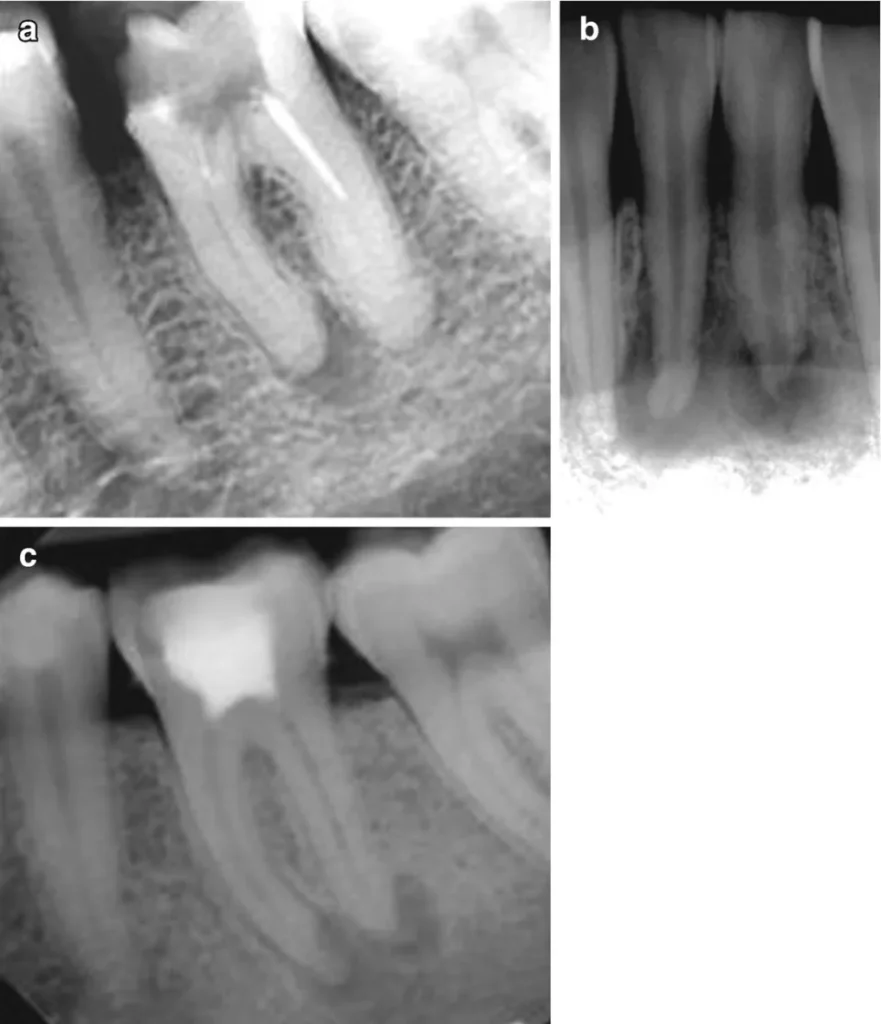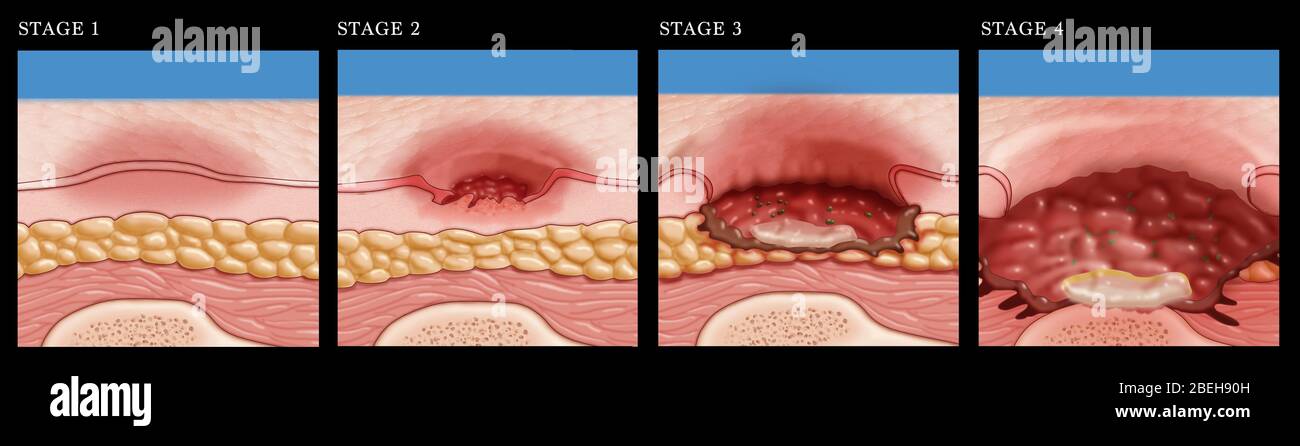Asymptomatic Apical Periodontitis

Apical periodontitis is a condition characterized by inflammation of the periapical tissues surrounding the root of a tooth, often resulting from bacterial invasion of the pulp. This condition can manifest in two primary forms: symptomatic and asymptomatic. While symptomatic apical periodontitis presents with noticeable pain and discomfort, asymptomatic apical periodontitis, as the name suggests, occurs without any overt symptoms, making its detection and diagnosis more complex.
Understanding Asymptomatic Apical Periodontitis
Asymptomatic apical periodontitis is typically discovered during routine dental examinations, through radiographic findings or when the condition progresses to a more severe stage. The lack of symptoms in this form of apical periodontitis does not diminish its potential to cause significant damage to the tooth and surrounding bone. The condition can lead to the formation of a periapical cyst or granuloma, which are benign lesions that form at the tip of a tooth’s root as a result of the chronic inflammatory process.
Causes and Risk Factors
The primary cause of asymptomatic apical periodontitis is the bacterial contamination of the dental pulp, which can occur due to deep caries, cracks in the tooth, or previous traumatic injuries. Factors that increase the risk of developing asymptomatic apical periodontitis include:
- Poor Oral Hygiene: Inadequate brushing and flossing can lead to the accumulation of bacteria on and between teeth, increasing the risk of pulp contamination.
- Diet High in Sugars: A diet rich in sugars and acids can accelerate tooth decay, providing a pathway for bacteria to reach the pulp.
- Previous Dental Work: Teeth that have undergone root canal treatments or other procedures may have a higher risk of developing asymptomatic apical periodontitis, especially if the procedure was not successful in removing all infected tissue.
- Genetic Predisposition: Some individuals may be more prone to dental issues due to genetic factors, which can include the structure of their teeth and the efficiency of their immune response.
Diagnosis and Detection
Diagnosing asymptomatic apical periodontitis requires a combination of clinical examination, radiographic imaging, and sometimes, additional diagnostic tests. The process typically involves:
- Clinical Examination: The dentist will examine the tooth and surrounding tissues for any signs of inflammation or tenderness, though in asymptomatic cases, these signs may be absent.
- Radiographic Imaging: X-rays or CBCT scans are used to visualize the tooth and surrounding bone. Asymptomatic apical periodontitis may appear as a radiolucent area around the apex of the tooth, indicating bone loss.
- Sensitivity Tests: The dentist may perform thermal or electrical sensitivity tests to assess the vitality of the pulp, though these tests may yield variable results in asymptomatic cases.
- Biopsy: In some cases, a biopsy of the periapical tissue may be necessary to differentiate between a periapical cyst and other pathologies.
Treatment Options
Treatment for asymptomatic apical periodontitis aims to eliminate the source of infection, reduce inflammation, and prevent further complications. Common treatment approaches include:
- Root Canal Therapy (RCT): This is the primary treatment for asymptomatic apical periodontitis, involving the removal of infected pulp tissue, cleaning, shaping, and filling of the root canal system.
- Apical Surgery: In cases where RCT is not sufficient or the infection is localized in the periapical area, surgical intervention may be necessary to remove the infected tissue.
- Monitoring: For some cases, especially those where the condition is detected very early, the dentist may opt for a watchful waiting approach, monitoring the condition closely for any changes or development of symptoms.
Prevention Strategies
Preventing asymptomatic apical periodontitis involves maintaining good oral hygiene practices, including regular brushing, flossing, and dental check-ups. Early detection and treatment of dental problems can prevent the progression to more severe conditions like apical periodontitis. Additionally, avoiding sugary and acidic foods, not smoking, and protecting teeth from trauma can also reduce the risk of developing this condition.
Conclusion
Asymptomatic apical periodontitis, while lacking overt symptoms, poses a significant challenge in diagnosis and can lead to serious dental and systemic complications if left untreated. Regular dental visits and adherence to preventive oral health practices are crucial in the early detection and management of this condition. Through an understanding of its causes, risk factors, and treatment options, individuals can better protect their oral health and prevent the progression of asymptomatic apical periodontitis.
What are the common symptoms of asymptomatic apical periodontitis?
+Asymptomatic apical periodontitis, by definition, does not present with noticeable symptoms such as pain or discomfort. However, it may be discovered during routine dental examinations or through radiographic findings.
How is asymptomatic apical periodontitis diagnosed?
+Diagnosis involves a combination of clinical examination, radiographic imaging (such as X-rays or CBCT scans), and sometimes, additional diagnostic tests like sensitivity tests or biopsy to confirm the presence of the condition.
What are the treatment options for asymptomatic apical periodontitis?
+Treatment typically involves root canal therapy (RCT) to remove infected pulp tissue. In some cases, apical surgery may be necessary, or the dentist may recommend monitoring the condition closely, especially if detected early.
Given the potential for asymptomatic apical periodontitis to cause significant dental complications, it is essential for individuals to maintain regular dental check-ups and practice good oral hygiene to prevent and early detect such conditions.


